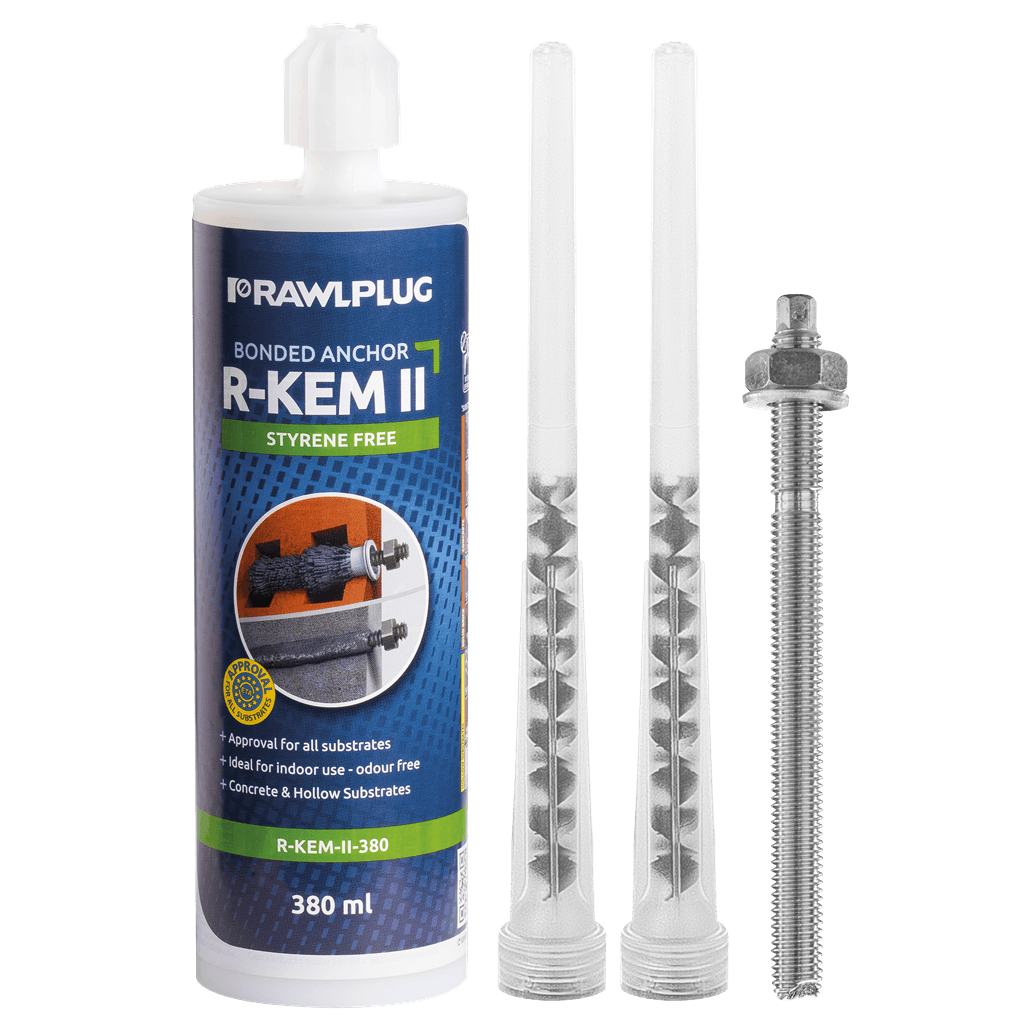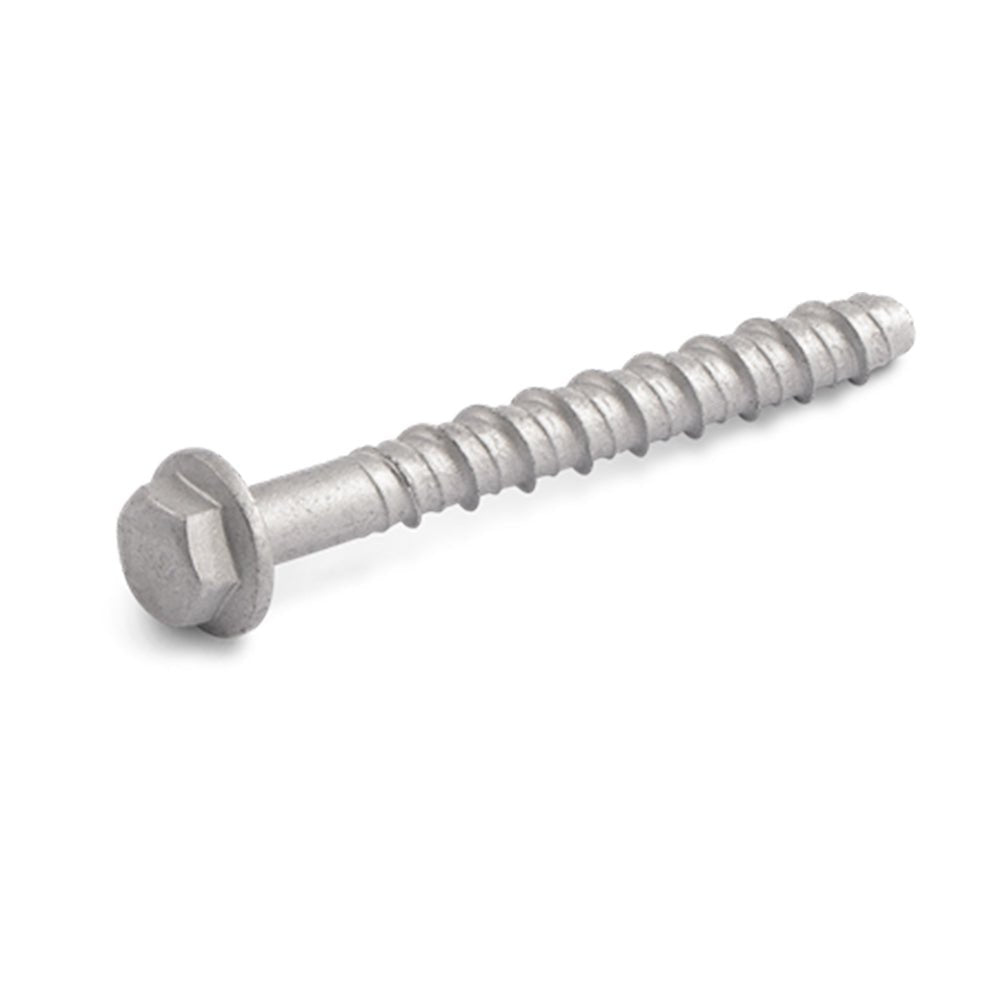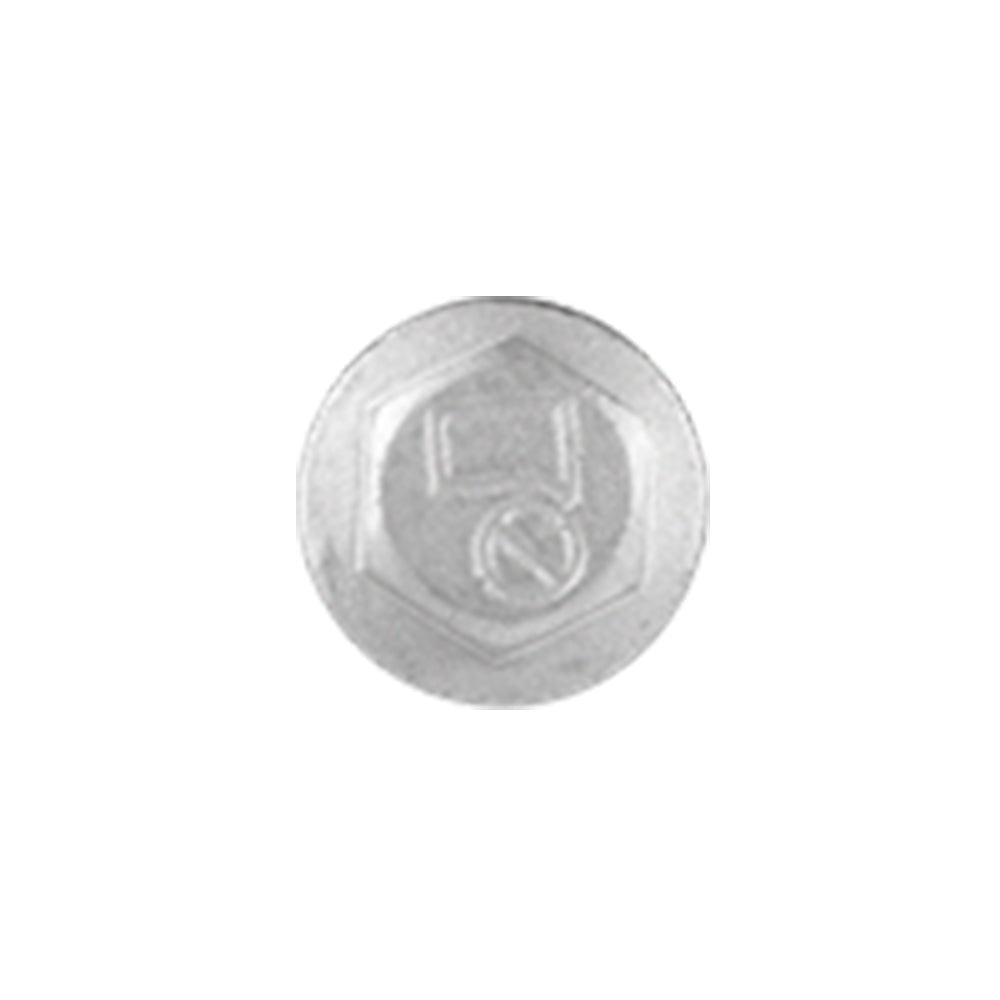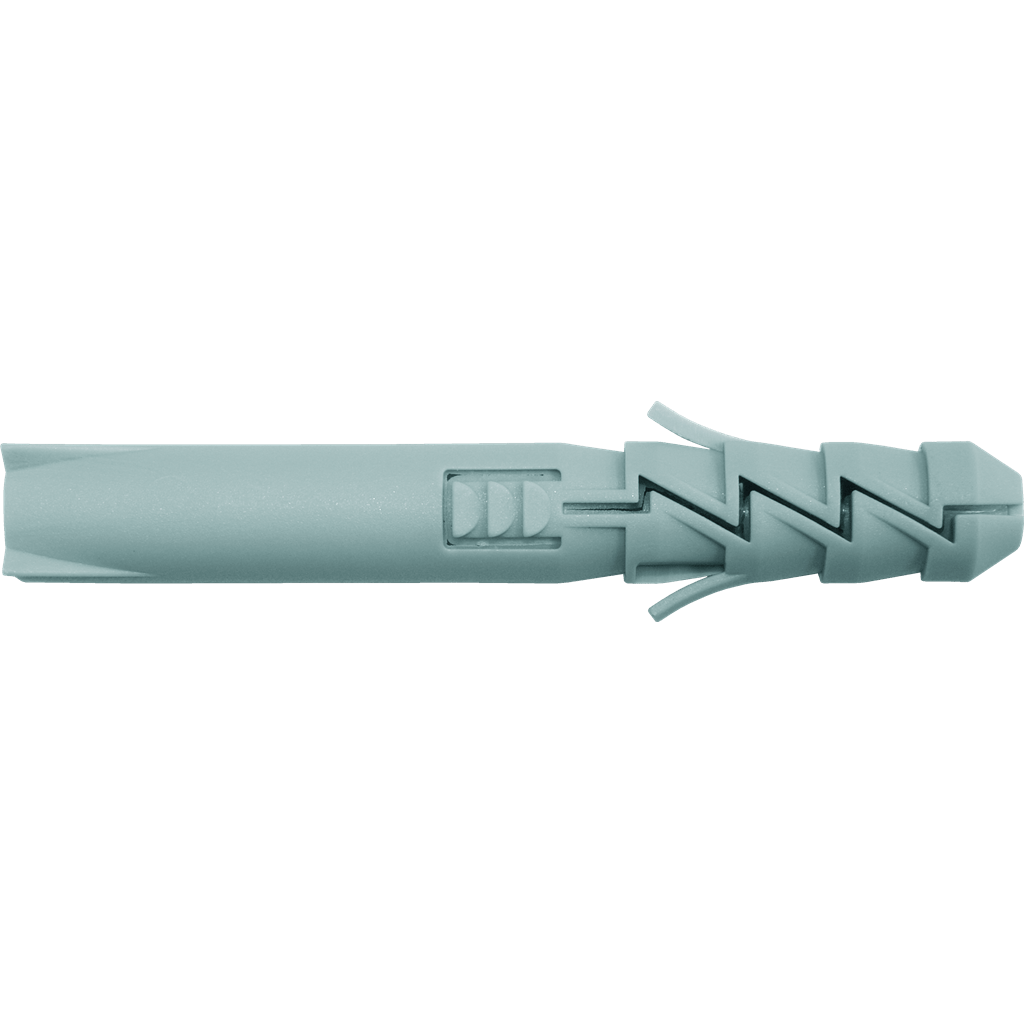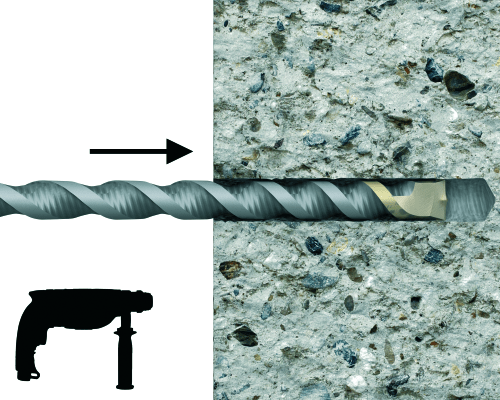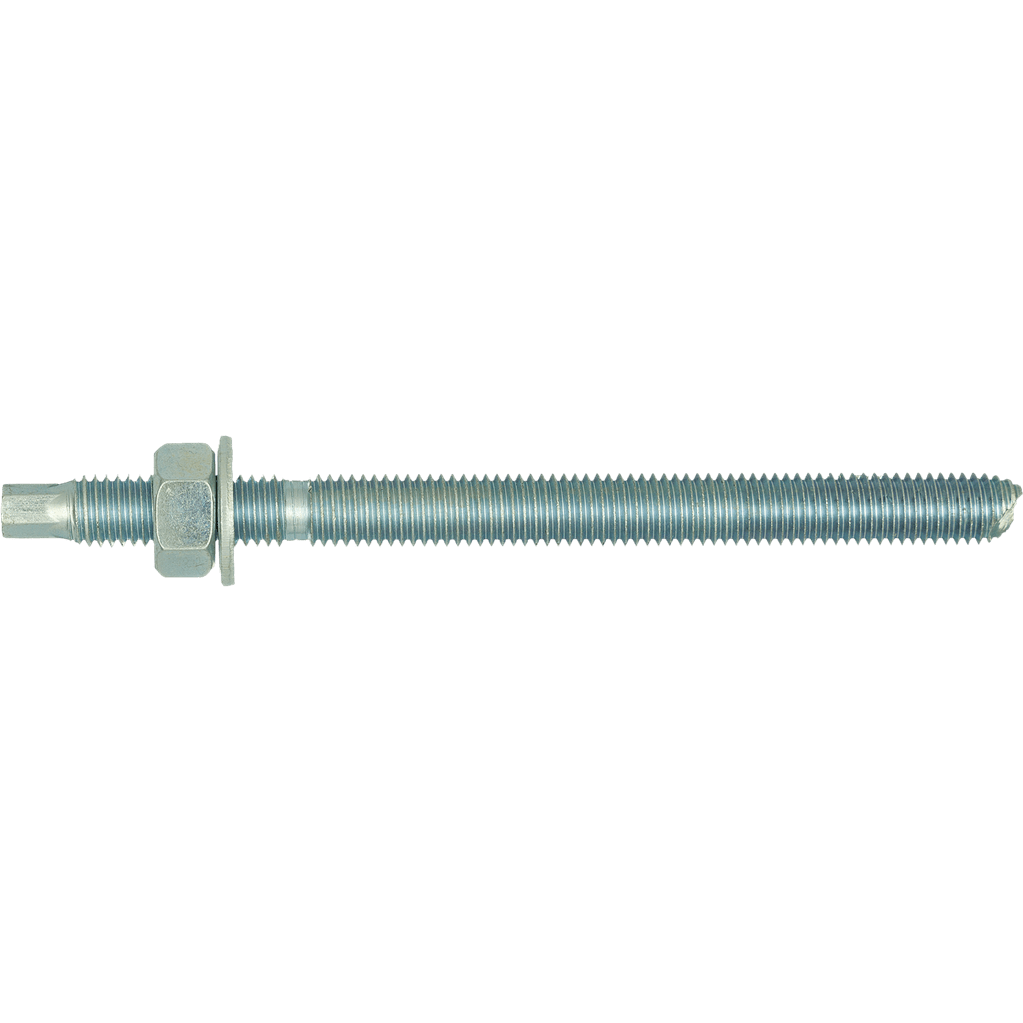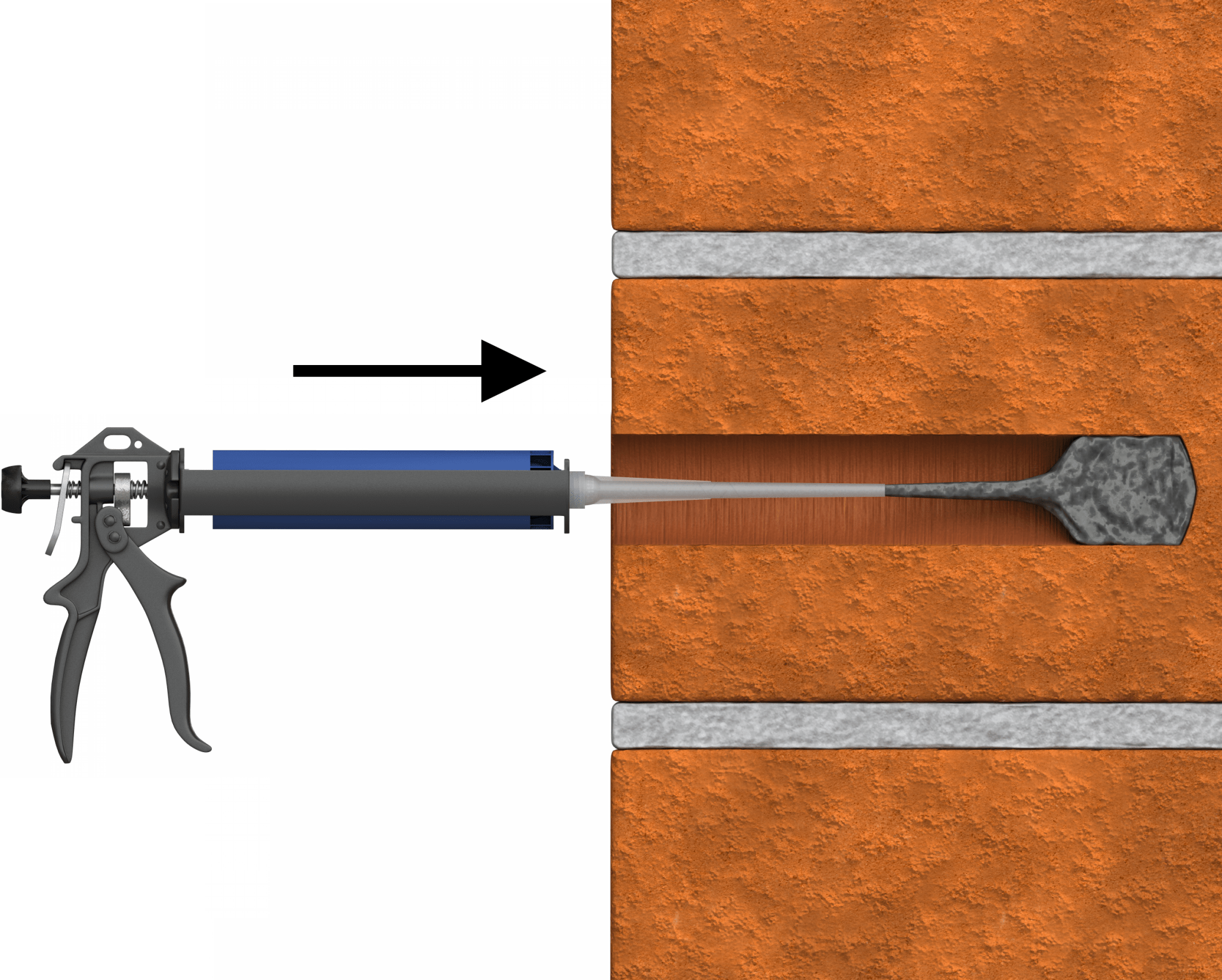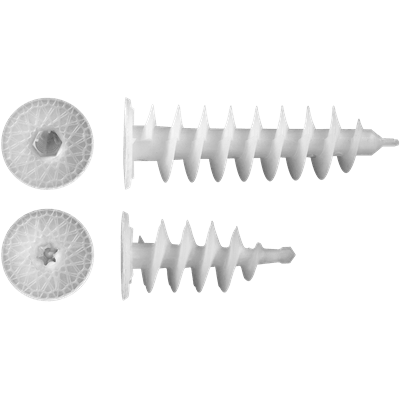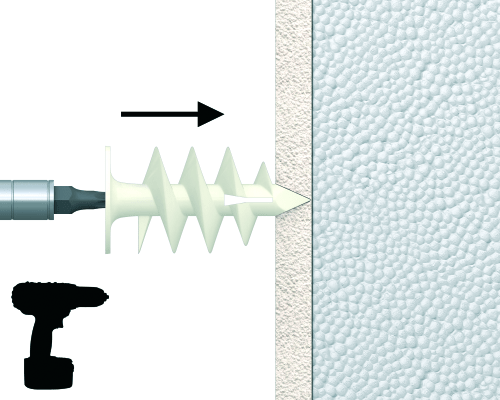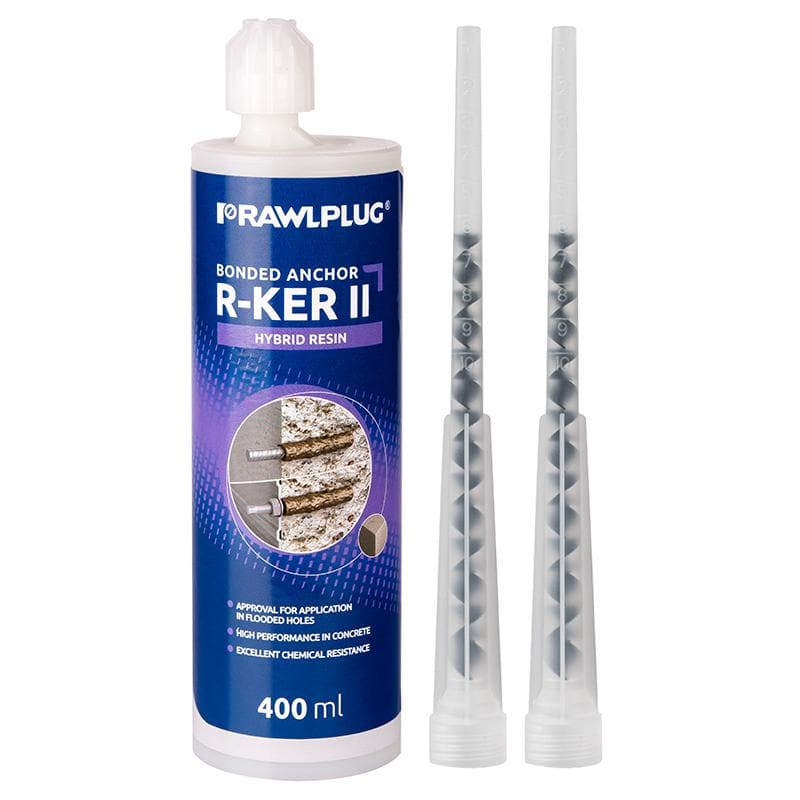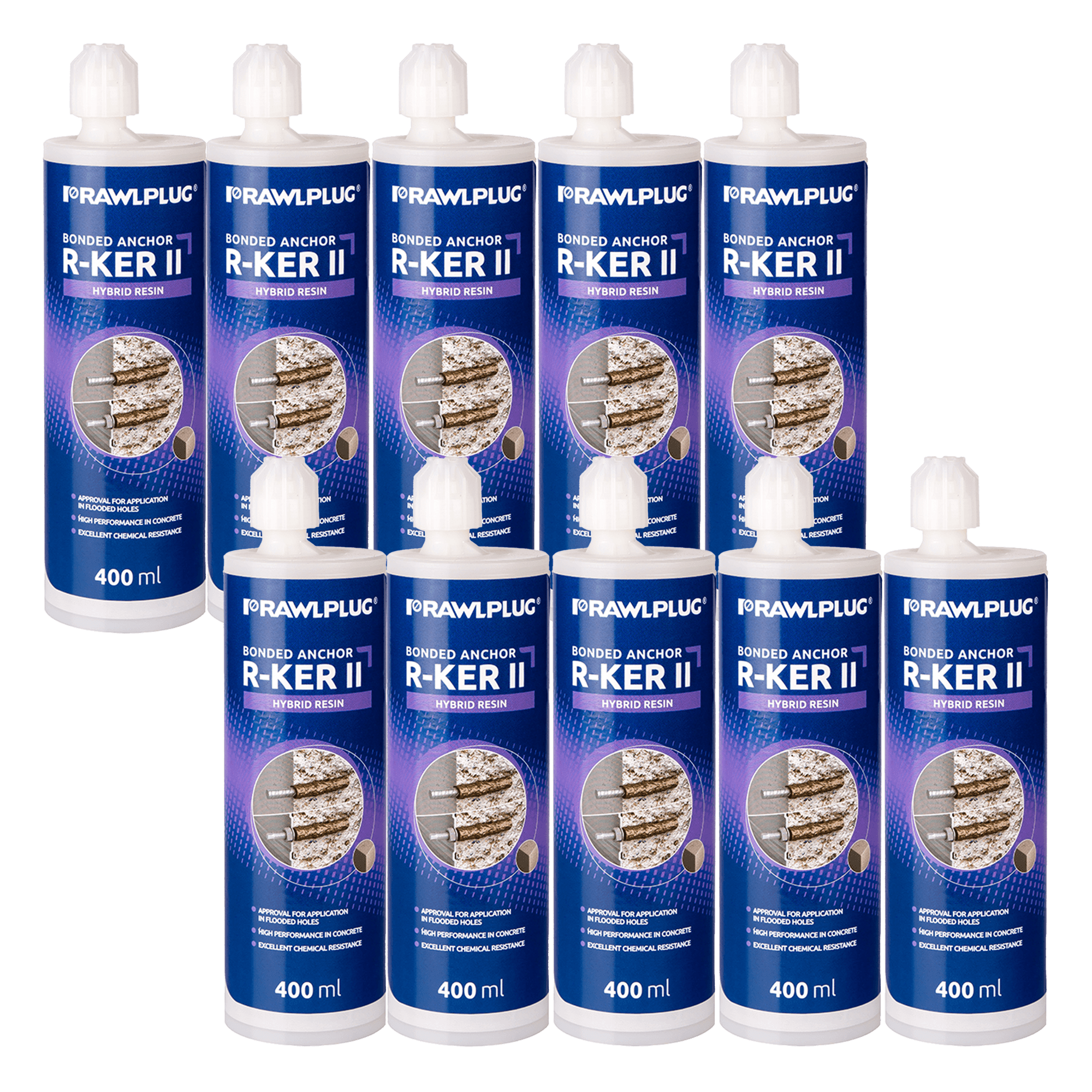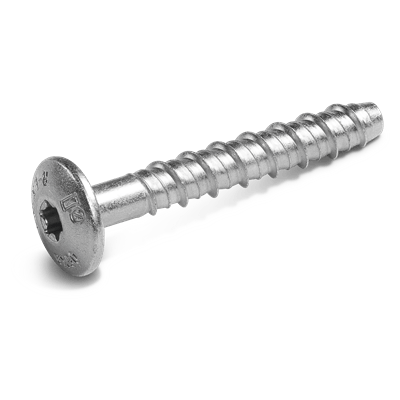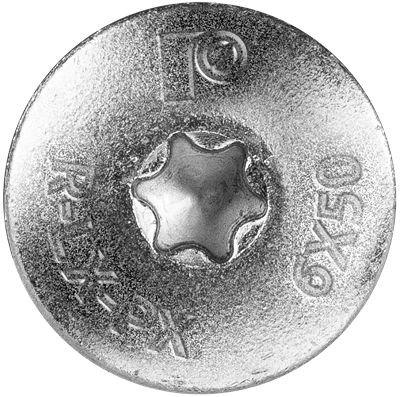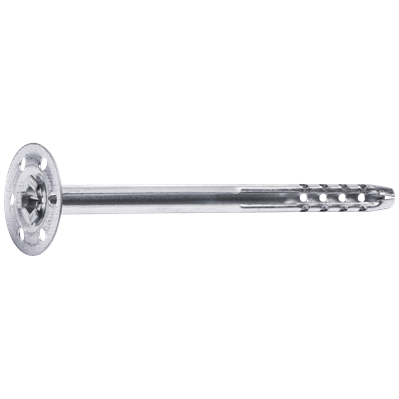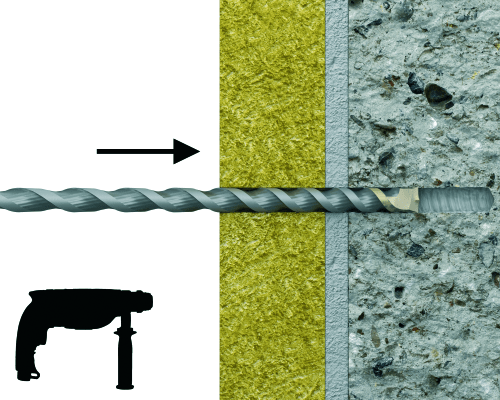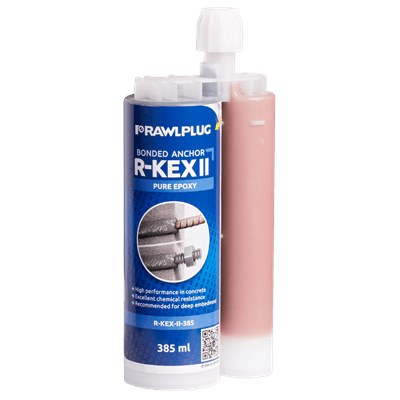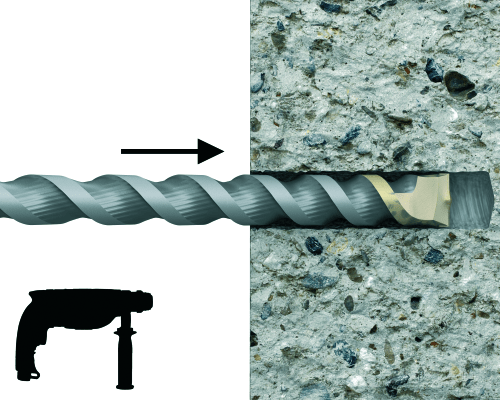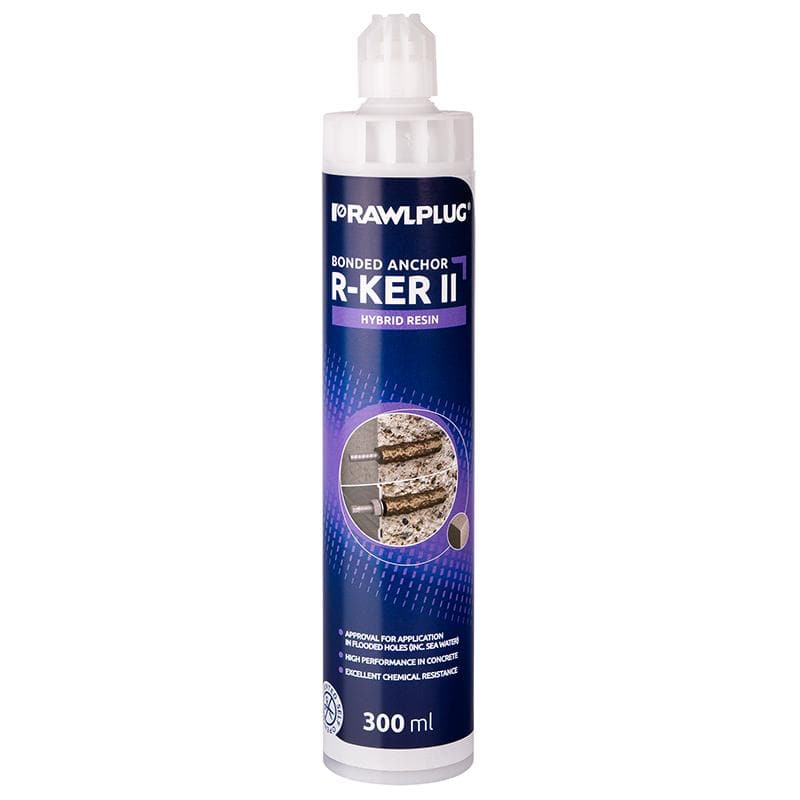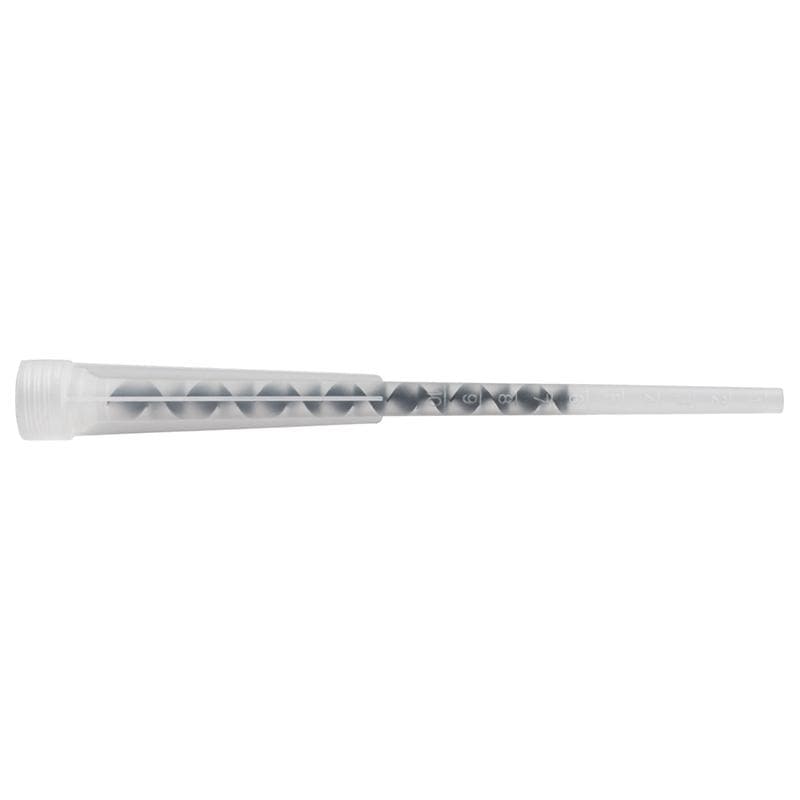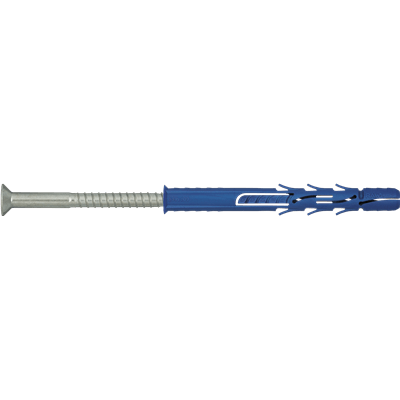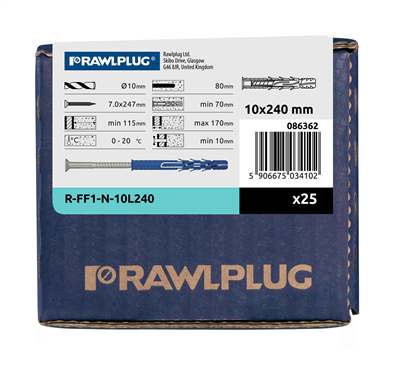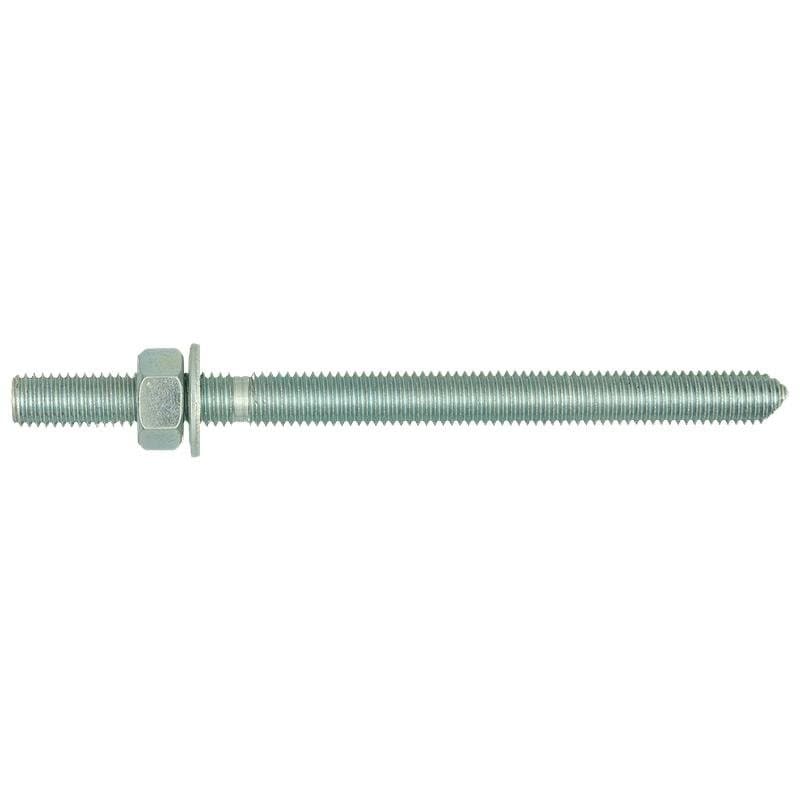Exploring the Purpose and Utility of Anchor Bolts: A Comprehensive Guide
Introduction:
Anchor bolts might not be the most glamorous topic, but their importance in construction and engineering cannot be overstated. Often overlooked, these seemingly simple components play a crucial role in ensuring the stability, safety, and integrity of structures. In this blog post, we delve into the world of anchor bolts, exploring their purpose, applications, and significance in various industries.
What Are Anchor Bolts?
Anchor bolts are specialised fasteners used to connect structural and non-structural elements to concrete. They are typically made of steel and come in various shapes, sizes, and configurations to suit different requirements. The primary function of anchor bolts is to secure objects to a concrete surface, providing stability and preventing movement or displacement.

Applications of Anchor Bolts:
The versatility of anchor bolts makes them indispensable in a wide range of applications across different industries:
1. Construction: In construction projects, anchor bolts are commonly used to secure structural elements such as columns, beams, and walls to concrete foundations. They provide the necessary support and stability to withstand various loads, including gravity, wind, and seismic forces.
2. Machinery Installation: Industrial machinery and equipment often require anchoring to the factory floor to prevent tipping, vibration, or shifting during operation. Anchor bolts ensure that the machinery remains securely in place, enhancing safety and efficiency in manufacturing processes.
3. Infrastructure Projects: Anchor bolts play a vital role in infrastructure development, including bridges, highways, and transportation systems. They are used to anchor guardrails, traffic signs, lighting fixtures, and other components to concrete structures, ensuring durability and reliability in challenging environments.
4. Utility Installations: Utility poles, telecom towers, and electrical cabinets rely on anchor bolts for stability and support. These bolts anchor the structures to concrete pads or footings, safeguarding against external forces such as wind, ice, or seismic activity.
Types of Anchor Bolts:
Anchor bolts are available in several types, each designed for specific applications and loading conditions:
1. Expansion Anchors: These bolts expand upon installation, creating a tight grip within the concrete. Expansion anchors are suitable for medium to heavy-duty applications and offer high pull-out resistance.
2. Wedge Anchors: Wedge anchors feature a wedge-shaped expansion mechanism that provides a secure hold in concrete. They are commonly used in structural and industrial applications where high load-bearing capacity is required.
3. Sleeve Anchors: Sleeve anchors consist of a threaded bolt inserted into a sleeve, which expands against the concrete as the bolt is tightened. They are suitable for medium to heavy-duty applications and offer versatility in installation.
4. Chemical Anchors: Chemical anchors utilize epoxy or resin-based adhesives to bond the bolt to the concrete substrate. They are ideal for applications where traditional mechanical anchors are impractical or insufficient.
Importance of Proper Installation:
While anchor bolts are relatively simple in design, their effectiveness depends on proper installation techniques. Improperly installed anchor bolts can compromise the structural integrity of a building or equipment, leading to safety hazards and costly repairs. Factors such as correct placement, torque values, and concrete strength must be considered to ensure optimal performance.
Conclusion:
Anchor bolts may not always be in the spotlight, but they are undoubtedly essential components in the realm of construction, engineering, and infrastructure. From securing skyscrapers to anchoring machinery on factory floors, these humble fasteners play a crucial role in ensuring safety, stability, and reliability in various applications. Understanding their purpose, types, and proper installation techniques is key to harnessing their full potential and building a safer, more resilient world.





